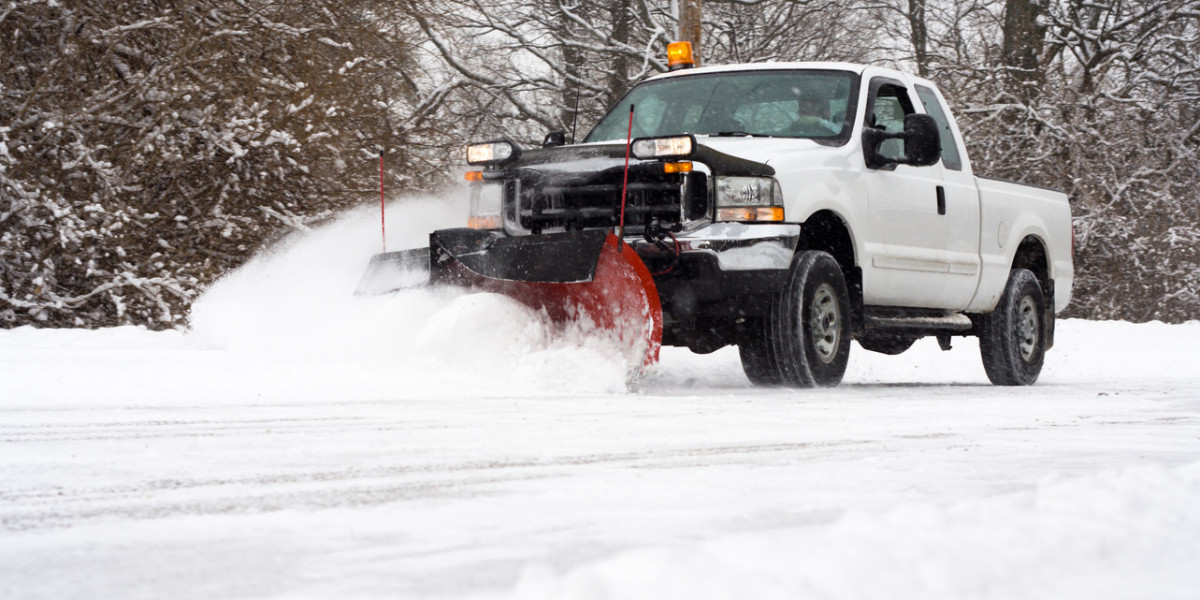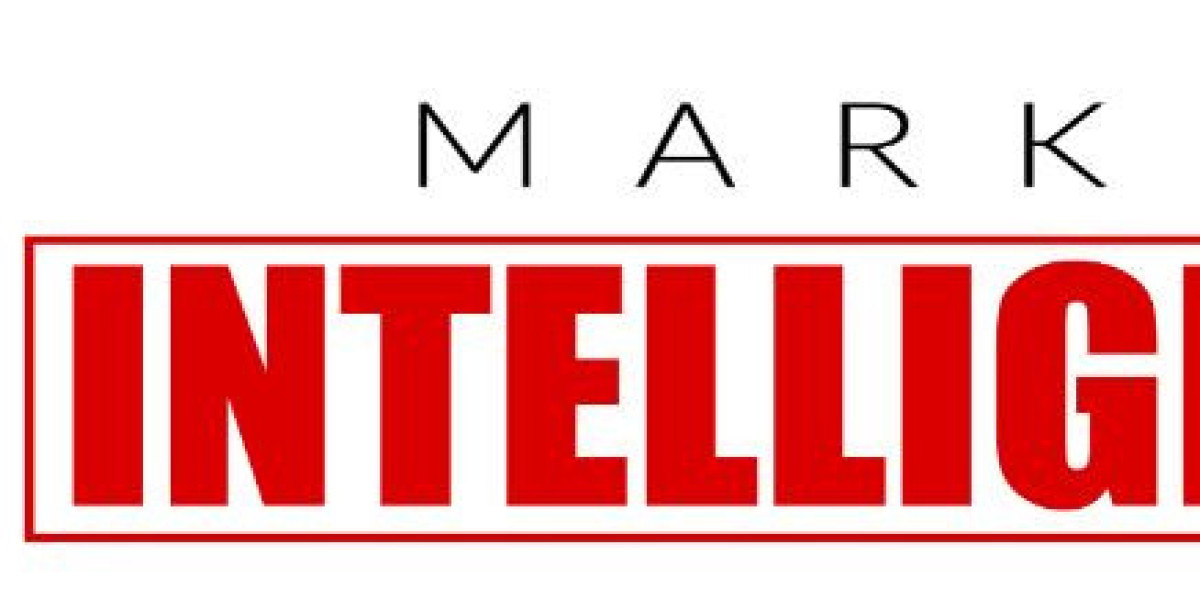As a landscaping business owner, snow removal can be a profitable extension to your services, especially in areas with heavy snowfall. However, determining fair and profitable pricing requires careful consideration of factors like local market rates, client needs, and operational costs. In this guide, we’ll explore a detailed snow removal pricing formula that considers various pricing methods, key cost factors, and strategies to maximize profitability for your snow removal business.
Why Accurate Snow Removal Pricing is Crucial for Your Business
Setting accurate snow removal pricing is essential for attracting clients while covering your operational costs and ensuring profitability. Inaccurate pricing can lead to lost clients or inadequate revenue, while well-thought-out pricing enables you to grow sustainably. With rising competition, businesses must balance competitive rates with profit margins to keep clients satisfied and protect the bottom line.
Understanding Snow Removal Pricing Models
Snow removal can be priced in several ways: by the hour, per event, per inch of snowfall, per visit, or on a seasonal contract basis. Each model has its pros and cons, and the best option depends on customer needs and the typical snowfall in your region.
- Per Hour
Charging by the hour is straightforward, where you calculate the number of workers and equipment needed and multiply by their hourly rates. This approach is common for unpredictable or high-snowfall areas. - Per Event or Storm
In regions with occasional, heavy snowstorms, per-event pricing may work best. This method offers customers a flat rate for each significant snow event, making budgeting easier for both parties. - Per Inch of Snowfall
Charging per inch is a straightforward way to account for the amount of work required. For example, you might charge one rate for 1-3 inches and increase rates as snowfall accumulates. - Seasonal Contracts
With a seasonal contract, you provide an all-inclusive snow removal service for a flat rate covering the entire winter season. This model appeals to clients who prefer predictable monthly expenses and is best in regions with frequent snow.
Read More: How to write a snow removal contract
Key Factors Affecting Snow Removal Pricing
To create a profitable snow removal pricing formula, consider the following factors:
Property Size and Type
The larger the property, the more time and labor required. Residential driveways and sidewalks generally require less effort compared to expansive commercial properties like parking lots or campuses. Commercial sites typically command higher rates due to their size and the need for multiple visits.
Equipment and Maintenance
Snow removal equipment, such as plows, blowers, and salt spreaders, can be costly. Factor in the operating costs and maintenance of each machine. For example, larger properties may need more robust equipment, like large plows or loaders, to clear snow efficiently, which should be reflected in your rates.
Additional Services (Salting, Sanding, Snow Hauling)
Clients often need additional services, such as salting, sanding, or snow hauling, to keep surfaces safe and accessible. Each service adds time, labor, and material costs, so factor these into your pricing. For instance, hauling snow offsite is significantly more labor-intensive and costly than simply plowing it to the side.
Response Time and Frequency of Service
Some clients, such as hospitals or retail centers, may require faster and more frequent service, which justifies higher rates. Consider offering premium rates for emergency services or “first-priority” clients who need immediate clearing after each snowfall.
Regional Market Rates
Understanding the going rates in your area helps ensure your pricing is competitive. This involves researching local competitors and comparing the average rates for residential and commercial snow removal services.
Calculating Your Snow Removal Pricing Formula
For many landscaping businesses, a simple formula can help cover operational costs while maintaining competitive pricing. Here’s a step-by-step breakdown:
- Determine Your Costs: Add up all expenses, including labor, equipment, maintenance, materials (salt, sand), and insurance.
- Decide on a Profit Margin: Most snow removal businesses aim for a 15-30% profit margin to ensure sustainable growth.
- Set Your Base Price: Divide the total cost by the estimated hours for each job to get a baseline hourly rate.
- Adjust for Additional Factors: Consider special requests, equipment needs, and frequency to fine-tune the price per job.
For example, if your costs are $500 for a residential snow removal job (including labor, equipment, and materials) and you aim for a 20% profit margin, your final charge would be $600 ($500 + 20%).
Read More: How to start a profitable snow removal business
Setting Profitable Rates for Snow Removal
When setting your rates, consider your total costs, the local market, and what customers in your area are accustomed to paying. A simple formula for hourly pricing includes:
Hourly Rate x Number of Workers x Hours Needed = Total Price
For instance, if two workers charge $100 per hour and a job takes four hours, the total price would be $800. This formula helps ensure you cover labor and equipment costs while maintaining a profit margin.
Commercial vs. Residential Snow Removal: Differences in Pricing
Commercial snow removal often involves larger properties, which may require specialized equipment and multiple site visits during a storm. Rates for commercial snow removal are generally higher, with per-visit costs for parking lots ranging from $60-$150 or hourly rates between $50-$200 for large areas (Source: HomeGuide)
Residential snow removal, by contrast, typically involves smaller areas, and rates are lower. The average residential driveway might be priced at $25-$75 per visit, depending on factors like driveway length, location, and service frequency (Source: Ninja De-Icer)
Additional Considerations for Efficient Snow Removal Operations
- Seasonal Contracts and Multi-Year Agreements
Offering a seasonal contract simplifies billing for both you and the client. Multi-year contracts provide stability and help you plan your workload. - Insurance and Liability
Make sure your business is covered by liability insurance, as accidents and property damage can occur. Many states require snow removal businesses to hold insurance to protect themselves and their clients. - Local Regulations
Some municipalities require snow to be cleared within a certain timeframe. Understanding local regulations can help you ensure compliance and avoid fines.
Tips for Building a Profitable Snow Removal Business
Here are some actionable tips to make your snow removal operations more efficient and profitable:
- Invest in High-Efficiency Equipment: Look for equipment that can handle heavy snow quickly. Heated plows or roof heating cables can reduce labor time and improve efficiency.
- Offer Multi-Season Packages: Combining snow removal with landscaping or other seasonal services can improve client retention and cash flow.
- Optimize Service Routes: Arrange your route for maximum efficiency to reduce travel time, fuel costs, and wait times for clients. This is particularly important during heavy storms.
- Clear Communication: Establish clear terms with clients about response times, included services, and fees for additional requests. Transparent communication builds trust and prevents disputes.
Read More: What do landscapers do in the winters?
Maximizing Client Satisfaction with Clear and Transparent Pricing
Clear pricing helps ensure client satisfaction by setting the right expectations. When clients know exactly what services they’re getting and why certain factors impact the price, they’re more likely to feel confident in choosing your business.
Consider providing itemized estimates that include labor, equipment, materials, and extra charges, especially for commercial contracts. Offering flexible options such as a basic plan for regular snow removal and a premium plan for rapid response can cater to different client needs.
Wrapping up!
Setting a fair, competitive, and profitable snow removal pricing formula is essential for landscaping businesses aiming to diversify their winter services. By considering local market rates, client expectations, and operational costs, you can develop a pricing structure that keeps clients satisfied and ensures profitability. Remember to be flexible and adjust your pricing based on service demands, weather conditions, and client preferences to maximize both client satisfactionand business success.
This article originally Published on SiteRecon (Landscape Estimating Software for Landscapers) and has been published here with permission.








